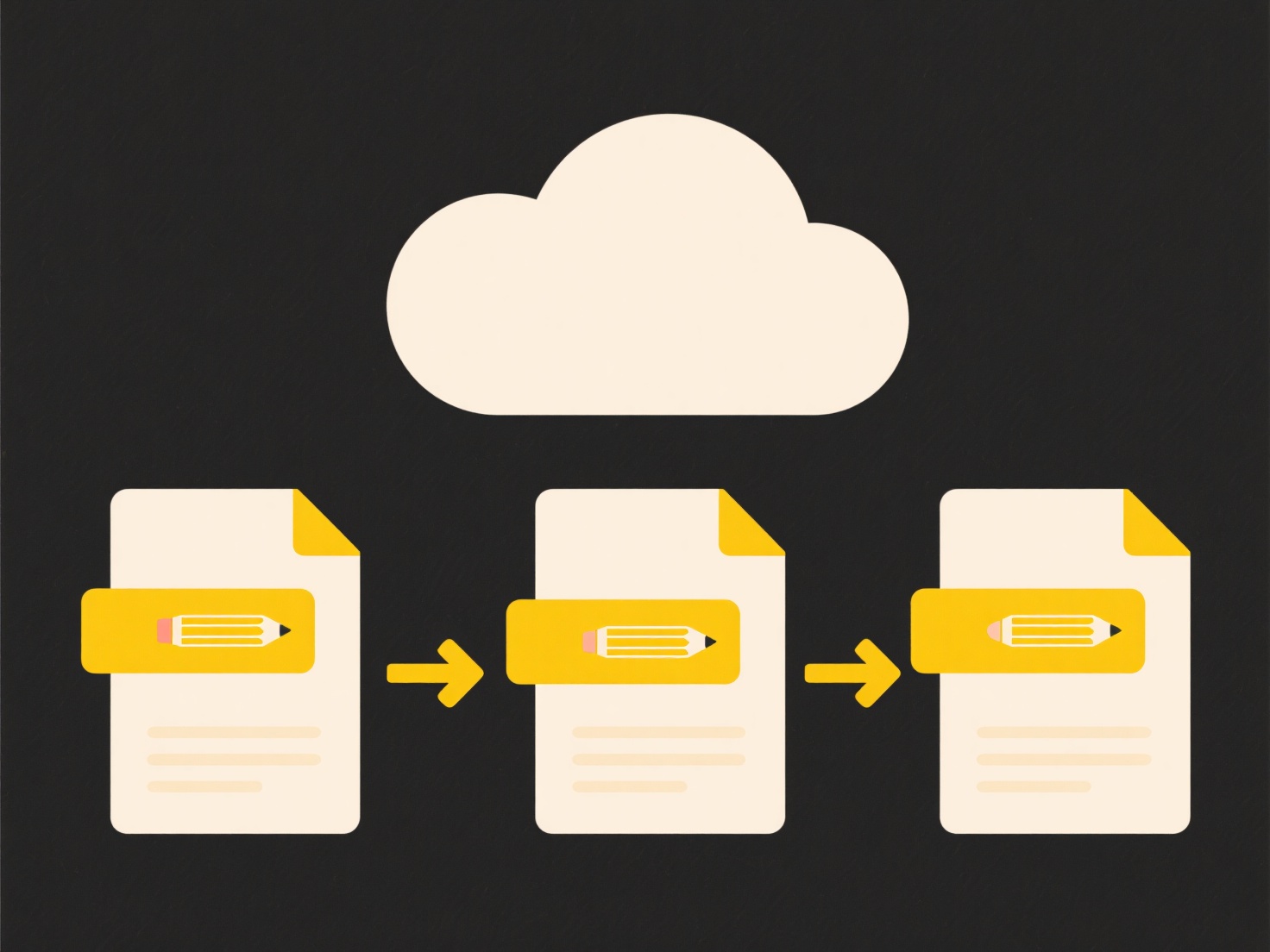
App crashes occurring only with specific files typically stem from compatibility issues rather than fundamental flaws in the entire application. This happens because the app encounters unexpected conditions when processing those particular files, such as specific file formats it struggles to parse, unusual file sizes exceeding memory limits, corrupted data structures within the file, or metadata that triggers an unhandled error. It differs from general app instability because it only surfaces under very specific input conditions related to the problematic file's content or structure.

Common examples include media editing software crashing when opening a large video file using a less common codec, or a spreadsheet application failing when encountering a corrupted formula or an extremely complex calculation within a specific .XLSX workbook. PDF readers might crash loading files with damaged internal objects, and custom enterprise applications often stumble on files containing unexpected data formats or structures not anticipated during development.
The main advantage of this pattern is its specificity, which aids debugging by isolating the problem to the file or file type. However, a significant limitation is the difficulty in anticipating every possible file variation, leading to incomplete testing. This necessitates robust error handling and comprehensive testing with diverse file samples during development to minimize occurrences. For users, solutions often involve checking file integrity, verifying format compatibility, trying an older app version, or converting the file to a simpler format.
Why does the app crash only for certain files?
App crashes occurring only with specific files typically stem from compatibility issues rather than fundamental flaws in the entire application. This happens because the app encounters unexpected conditions when processing those particular files, such as specific file formats it struggles to parse, unusual file sizes exceeding memory limits, corrupted data structures within the file, or metadata that triggers an unhandled error. It differs from general app instability because it only surfaces under very specific input conditions related to the problematic file's content or structure.

Common examples include media editing software crashing when opening a large video file using a less common codec, or a spreadsheet application failing when encountering a corrupted formula or an extremely complex calculation within a specific .XLSX workbook. PDF readers might crash loading files with damaged internal objects, and custom enterprise applications often stumble on files containing unexpected data formats or structures not anticipated during development.
The main advantage of this pattern is its specificity, which aids debugging by isolating the problem to the file or file type. However, a significant limitation is the difficulty in anticipating every possible file variation, leading to incomplete testing. This necessitates robust error handling and comprehensive testing with diverse file samples during development to minimize occurrences. For users, solutions often involve checking file integrity, verifying format compatibility, trying an older app version, or converting the file to a simpler format.
Related Recommendations
Quick Article Links
Can email forwarding create document duplicates?
Email forwarding shares an existing email and its attachments by sending a copy of the entire original message to new re...
Why is my file unreadable after transfer?
Files become unreadable after transfer mainly due to corruption or format incompatibility. Corruption happens when data ...
How do I rename backup files automatically?
Automatic backup file renaming uses scripts, specialized software, or built-in features to systematically change backup ...